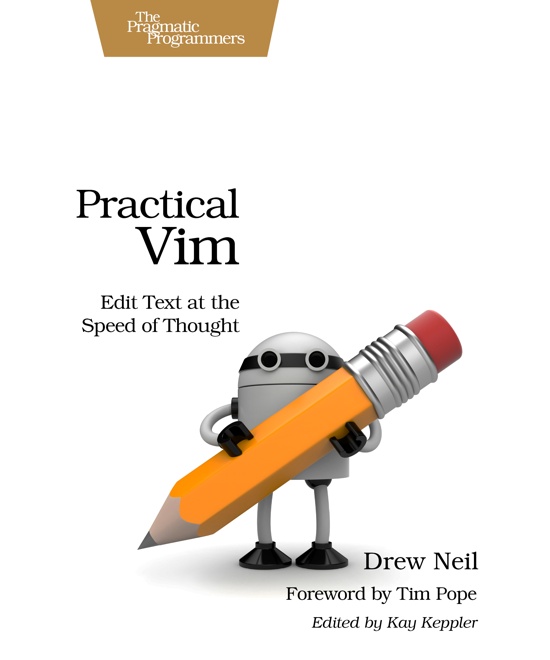In this episode, I introduce the Tabular.vim plugin, by Matt Wozniski, which makes it easy to align regions of text that match a pattern.
Aligning assignments
Before:
one = 1 two = 2 three = 3 four = 4
Running :Tab /= produces:
one = 1 two = 2 three = 3 four = 4
Colon assignments
There are a couple of different ways that colon assignments could be aligned. If we start with an example that is not aligned:
var video = { metadata: { title: "Aligning assignments" h264Src: "/media/alignment.mov", oggSrc: "/media/alignment.ogv" posterSrc: "/media/alignment.png" duration: 320, } }
Select the inner block by positioning your cursor inside it and running vi} (enable Visual mode, and select inner Brace). Then you could run :Tab/: which would produce this result:
var video = { metadata: { title : "Aligning assignments" h264Src : "/media/alignment.mov", oggSrc : "/media/alignment.ogv" posterSrc : "/media/alignment.png" duration : 320, } }
If you don’t like stacking the colons in a column, you could use the \zs atom to exclude the : character from the search match. Running :Tab /:\zs produces this result:
var video = { metadata: { title: "Aligning assignments" h264Src: "/media/alignment.mov", oggSrc: "/media/alignment.ogv" posterSrc: "/media/alignment.png" duration: 320, } }
Be aware that if you work in a team, there may be a house style that you should follow.
Table markup
Here is a scenario outline for cucumber steps, including a pipe-delimited table of examples:
Scenario Outline: eating
Given there are <start> cucumbers
When I eat <eat> cucumbers
Then I should have <left> cucumbers
Examples:
|start|eat|left|
|12|5|7|
|20|5|15|
With the cursor positioned anywhere in the table, running :Tab/| produces:
Scenario Outline: eating
Given there are <start> cucumbers
When I eat <eat> cucumbers
Then I should have <left> cucumbers
Examples:
| start | eat | left |
| 12 | 5 | 7 |
| 20 | 5 | 15 |
Creating mappings
If you find yourself using a particular token for alignment often, then you might want to save yourself a few keystrokes by creating mappings for normal and visual modes. Here are a few suggestions to get you started:
let mapleader=',' if exists(":Tabularize") nmap <Leader>a= :Tabularize /=<CR> vmap <Leader>a= :Tabularize /=<CR> nmap <Leader>a: :Tabularize /:\zs<CR> vmap <Leader>a: :Tabularize /:\zs<CR> endif
If you were in normal or visual mode, you could type ,a= to align equals signs. In visual mode, the alignment would apply to the selected lines, but in normal mode tabular would attempt to guess the range.
You could take it a step further, by creating an insert mode mapping to trigger the :Tabular command when you type the character that you want to align. Tim Pope shows us how in this gist:
inoremap <silent> <Bar> <Bar><Esc>:call <SID>align()<CR>a function! s:align() let p = '^\s*|\s.*\s|\s*$' if exists(':Tabularize') && getline('.') =~# '^\s*|' && (getline(line('.')-1) =~# p || getline(line('.')+1) =~# p) let column = strlen(substitute(getline('.')[0:col('.')],'[^|]','','g')) let position = strlen(matchstr(getline('.')[0:col('.')],'.*|\s*\zs.*')) Tabularize/|/l1 normal! 0 call search(repeat('[^|]*|',column).'\s\{-\}'.repeat('.',position),'ce',line('.')) endif endfunction
If you put this in your vimrc file, then it will call the :Tabularize command each time you insert a | character.
Further reading
- the Tabular plugin
- :help /\zs - Vim’s zero-width ‘pattern start’ search atom
- :help /\@<= - Vim also has a ‘positive lookbehind’ assertion
- Tim Pope’s insert mode cucumber alignment gist
- Align.vim by Charles Campbell - another fine alignment plugin

